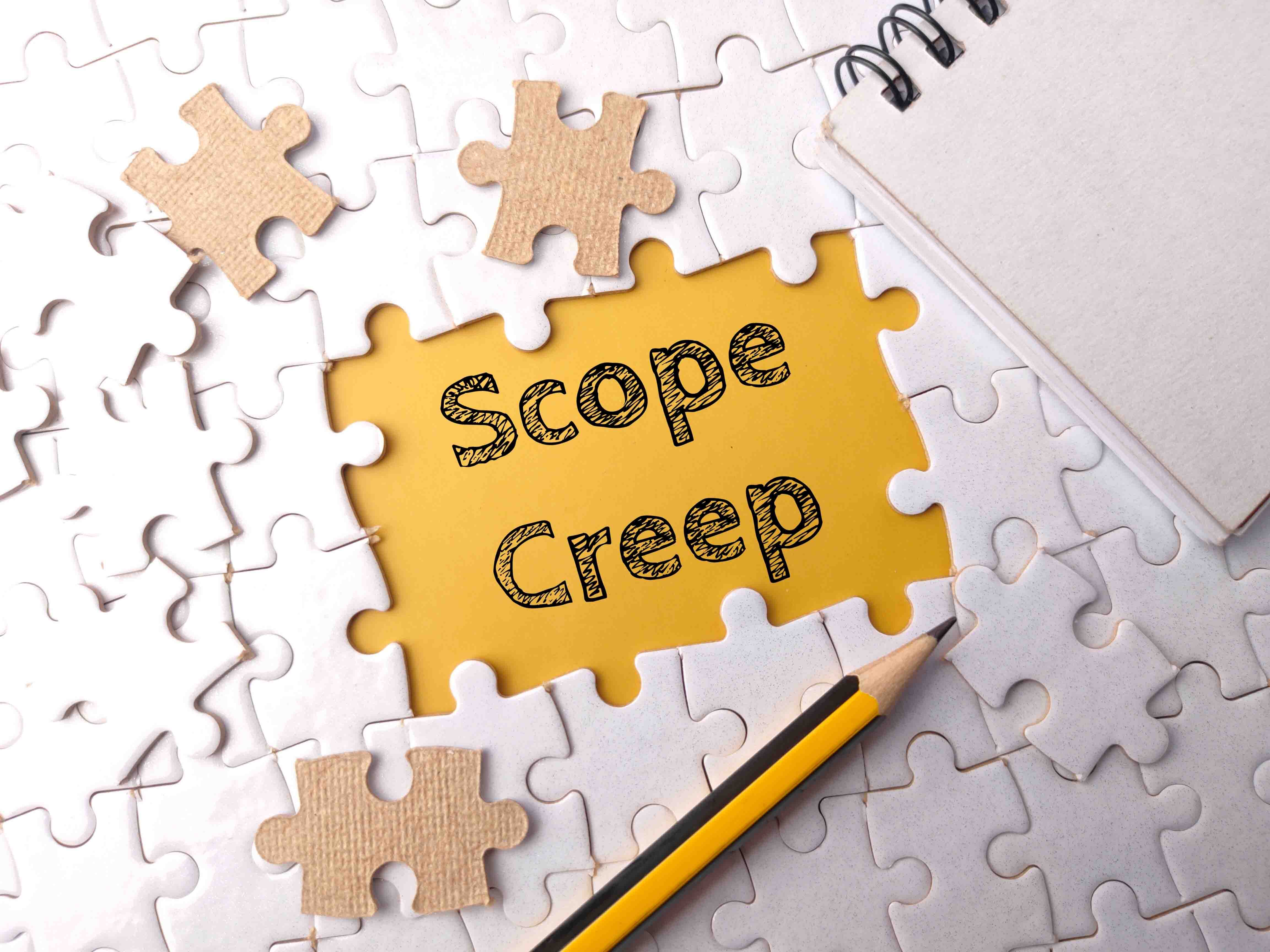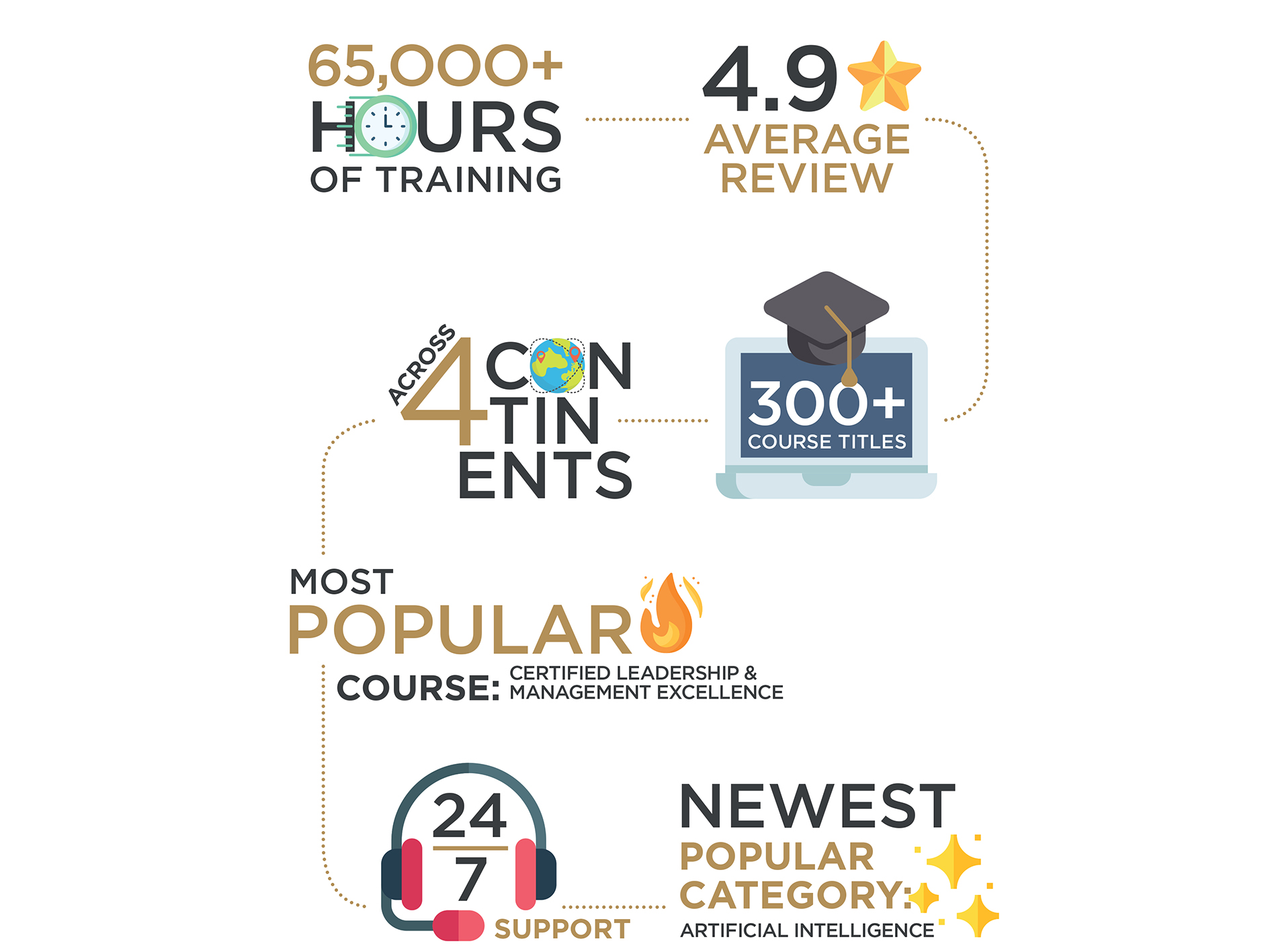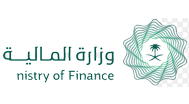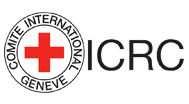5 steps to creating an effective HR business plan
A basic business plan will involve creating goals to start a business, expand an existing business or implement a project, and developing ways to achieve the goals. Human resources generally refers to an internal department that handles the hiring, training and paying of employees. Without adequate staff, in terms of quantity and quality, a business will be unprepared to execute its plan.
Small business owners often face setbacks without a written HR business plan, such as, costly employee turnover, procedural bottlenecks and inconsistent productivity. A HR plan is a practical and tactical tool that can help you determine exactly where you're going and drive your business forward.
Here are five critical steps to creating an effective HR plan for your company:
Assess current HR capacity
The first step in the human resources planning process is to assess your current staff. Before making any moves to hire new employees for your company, it’s important to understand the talent you already have at your disposal.
Develop a skills inventory for each of your current employees. You can do this in a number of ways, such as asking employees to self-evaluate with a questionnaire, looking over past performance reviews, or using an approach that combines the two.
Have a Succession Plan
Eventually your business will face changes in management; this is an unavoidable part of the natural growth of any organisation. Managers will come and go and positions will be created and dissolved as you continue to expand and re-organise.
You'll want to be ready for this when it happens by having a succession plan already in place. It will be up to you whether you want to include your employees in the creation of this succession plan or not. Either way, be aware of their career goals and what their plans are for the future - don’t hesitate to inform them when changes are taking place.
By doing this you’ll be aware of what the most important positions in your company are and who may have the skills to fill those positions.
Outline how you will motivate and retain employees
You need the right people to stay on board to take your company further. A HR plan will outline your key strategies to motivate employees and maintain their loyalty.
Being creative with employee perks, rewards and compensation is one of the first steps. For example, your HR plan can clearly address motivational strategies such as profit-sharing or short-term rewards that involve personal or family life, such as entertainment vouchers.
Matching demand and supply
Matching the demand and supply is where the hiring process gets tricky—and where the rest of the human resources management planning process comes into place. You’ll develop a plan to link your organization’s demand for quality staff with the supply available in the market. You can achieve this by training current employees, hiring new employees, or combining the two approaches.
Conduct a Gap Analysis
A gap analysis is a formal study comparing the resources your company currently has to what they may need as they grow and develop in the future. If your HR services are outdated, or in danger of becoming outdated, a gap analysis will reveal this and allow you to make the necessary improvements to keep your company going strong for years to come.
HR planning is an ongoing process. Your strategy should be reviewed regularly and updated as your organisation changes.
Looking for HR management courses to help with your HR business plan? Read about our HR courses and contact us for information on the human resources courses we can offer you.
 All Courses
All Courses
 Accounting and Finance
Accounting and Finance Administration and Office Management
Administration and Office Management Business Administration
Business Administration Chemical Engineering
Chemical Engineering Communications and Public Relations (PR)
Communications and Public Relations (PR) Compliance and Legal
Compliance and Legal Construction Management
Construction Management Contract and Project Management
Contract and Project Management Customer Experience and Relationship Management
Customer Experience and Relationship Management Data Management and Business Intelligent
Data Management and Business Intelligent Digital Transformation
Digital Transformation Energy and Sustainability
Energy and Sustainability Health, Safety and Environment
Health, Safety and Environment Healthcare Management
Healthcare Management Hospitality & Tourism
Hospitality & Tourism Human Resources and Talent Development
Human Resources and Talent Development Industrial Manufacturing and Production
Industrial Manufacturing and Production Innovation and Artificial Intelligence (AI)
Innovation and Artificial Intelligence (AI) Leadership and Management
Leadership and Management Oil and Gas
Oil and Gas Procurement & Supply Chain Management
Procurement & Supply Chain Management Public Sector
Public Sector Quality and Productivity
Quality and Productivity Retail and E- Commerce
Retail and E- Commerce Sales and Marketing
Sales and Marketing Sports Event Management and Operations
Sports Event Management and Operations Strategy and Business Planning
Strategy and Business Planning Sustainability and CSR
Sustainability and CSR Learning Solutions
Learning Solutions
 About Us
About Us
 iLearn Blog
iLearn Blog
 Directory Calendar
Directory Calendar
 Contact Us
Contact Us
 All Courses
All Courses
 Accounting and Finance
Accounting and Finance Administration and Office Management
Administration and Office Management Business Administration
Business Administration Chemical Engineering
Chemical Engineering Communications and Public Relations (PR)
Communications and Public Relations (PR) Compliance and Legal
Compliance and Legal Construction Management
Construction Management Contract and Project Management
Contract and Project Management Customer Experience and Relationship Management
Customer Experience and Relationship Management Data Management and Business Intelligent
Data Management and Business Intelligent Digital Transformation
Digital Transformation Energy and Sustainability
Energy and Sustainability Health, Safety and Environment
Health, Safety and Environment Healthcare Management
Healthcare Management Hospitality & Tourism
Hospitality & Tourism Human Resources and Talent Development
Human Resources and Talent Development Industrial Manufacturing and Production
Industrial Manufacturing and Production Innovation and Artificial Intelligence (AI)
Innovation and Artificial Intelligence (AI) Leadership and Management
Leadership and Management Oil and Gas
Oil and Gas Procurement & Supply Chain Management
Procurement & Supply Chain Management Public Sector
Public Sector Quality and Productivity
Quality and Productivity Retail and E- Commerce
Retail and E- Commerce Sales and Marketing
Sales and Marketing Sports Event Management and Operations
Sports Event Management and Operations Strategy and Business Planning
Strategy and Business Planning Sustainability and CSR
Sustainability and CSR Learning Solutions
Learning Solutions
 About Us
About Us
 iLearn Blog
iLearn Blog Directory Calendar
Directory Calendar
 Contact Us
Contact Us















































 Course category
Course category Course Venue
Course Venue
